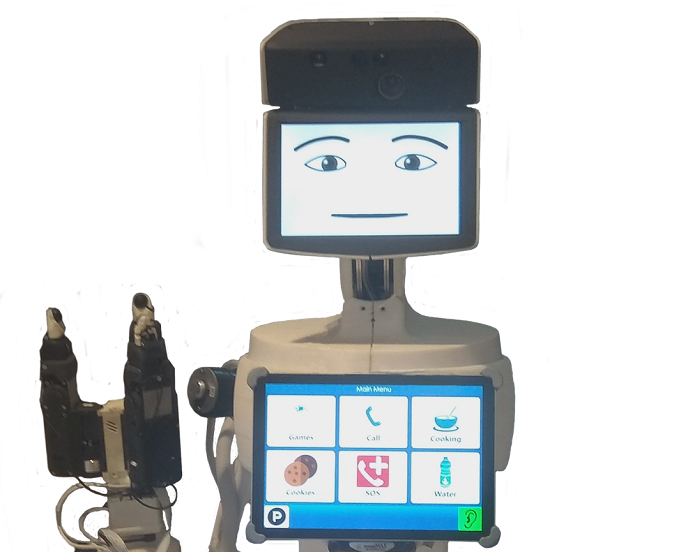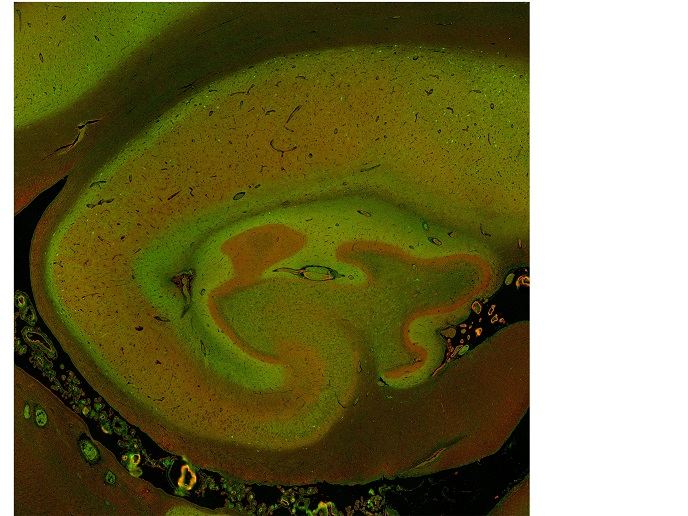Brain activity and cognition
Human brains are ceaselessly active; the activity includes very brief connections among regions of the brain having specialised function, and supports cognitive function. Yet imaging and studying such transient processes is difficult, particularly given paradigms assuming permanence of functional neural networks. The goal of the EU-funded R&B BRAIN (In-depth investigations of the non-stationary dynamics of resting-state brain activity and its impact on behaviour and cognition) project was to study the role of dynamic brain activity in behaviour and cognition. Methods included new data-analysis techniques, plus simultaneous acquisition of functional magnetic resonance imaging (fMRI) and electroencephalography (EEG) data. The ultimate purpose was to study the role of dynamic brain networks in the context of health and disease. The project devised novel signal-processing and data-analysis methods, which overcome previous limitations in studying dynamic individual brain states. Researchers implemented new algorithms within certain open-source analysis software. Analysis of resting-state fMRI data demonstrated that few mental events carry enough information to reveal linked simultaneous activity in different parts of the brain. Findings illustrated that spontaneous brain activity fills the brain's grey-matter areas. This is consistent with previous observations that large regions of the cortex respond to cognitive tasks. The project's new methods facilitated analysis of single events which occur at rest, enabling measurement of the connective-events' extent and duration. Team members have presented the results at two international conferences. A further phase of the project involved investigation of brain activity. The consortium developed protocols for a novel technique, and set up a programme enabling simultaneous acquisition of EEG and fMRI data. The step included adapting algorithms to detect pulse artefacts in both types of data. In a first, the team successfully collected simultaneous EEG and fMRI data during resting or control states. The R&B BRAIN project's work enables fine comparison of brain-connectivity-states among individuals, and of changes between states. The potential application may include new ways of diagnosing and treating brain disorders.







